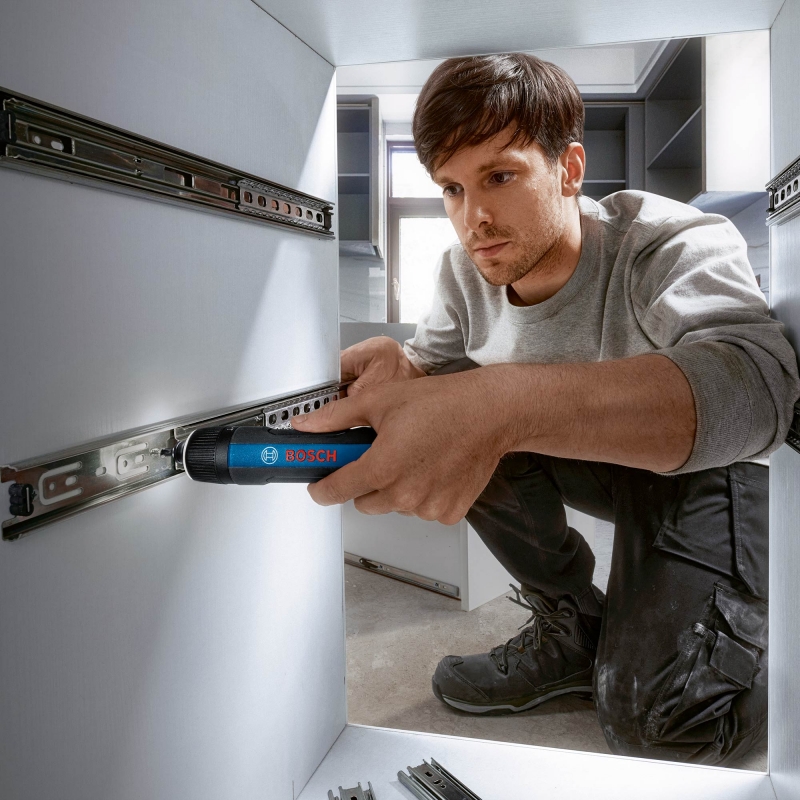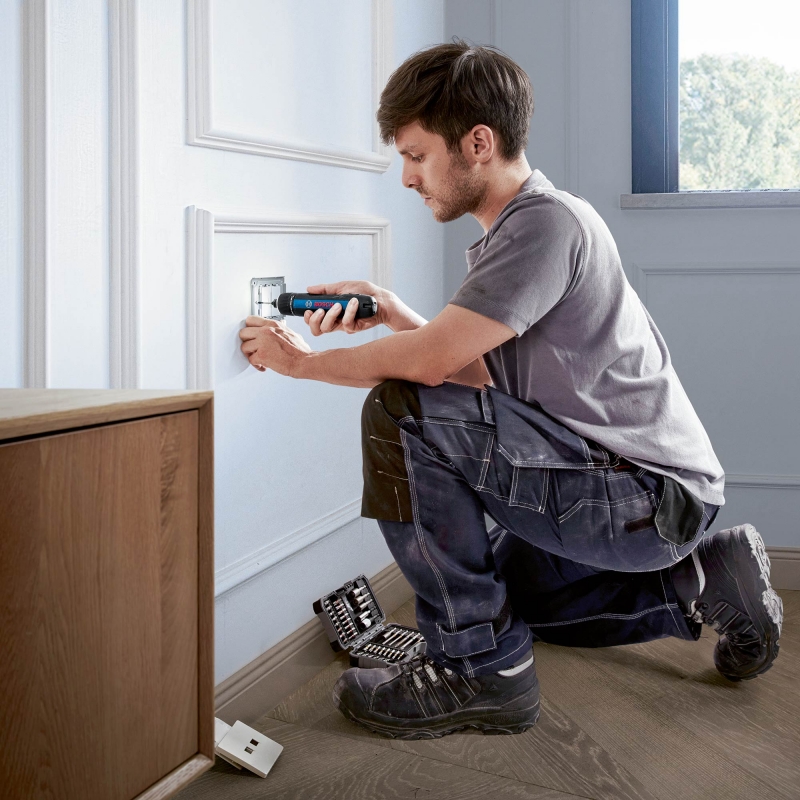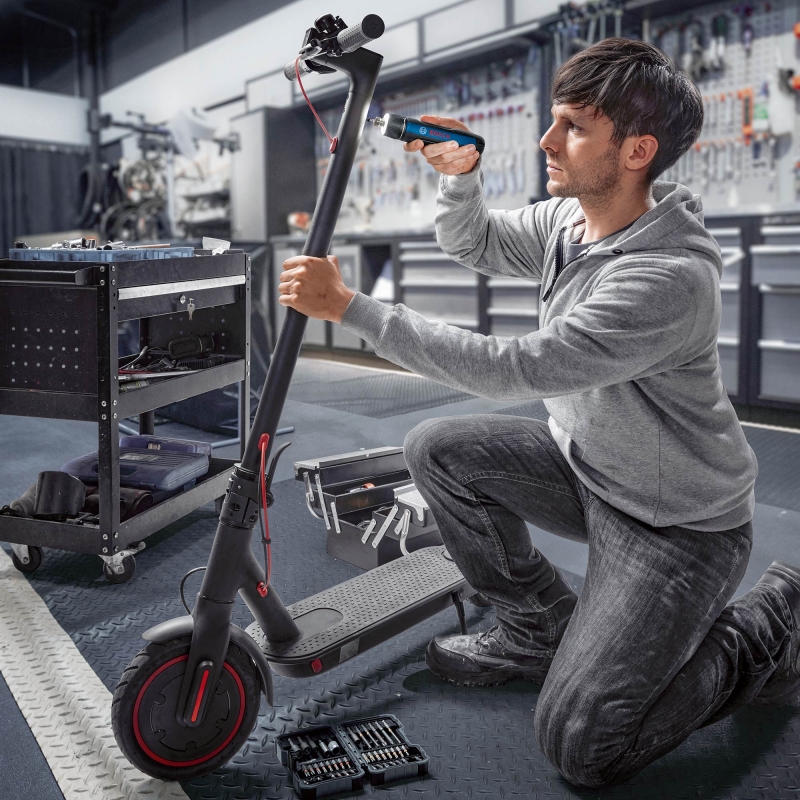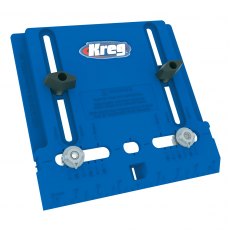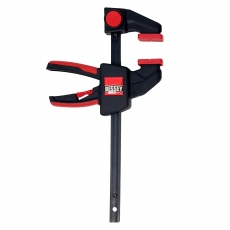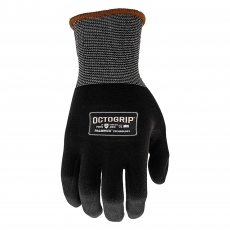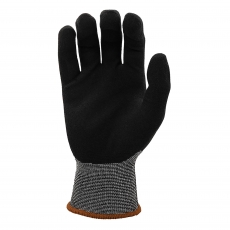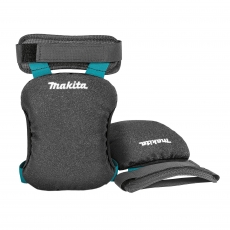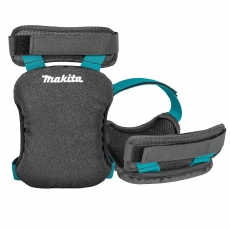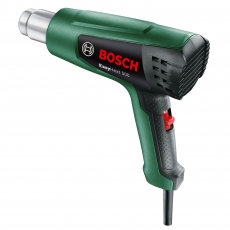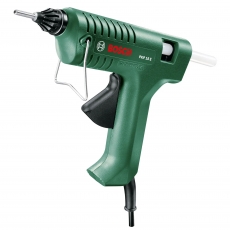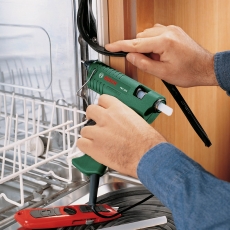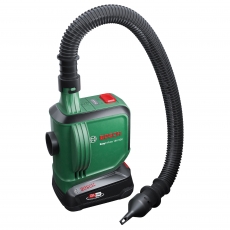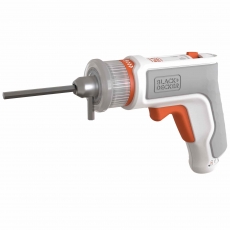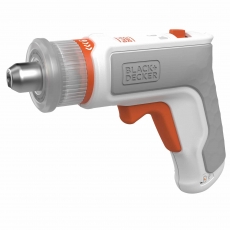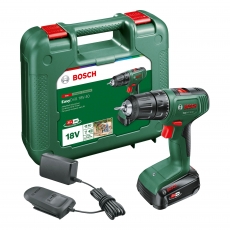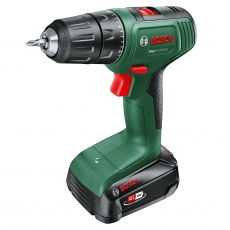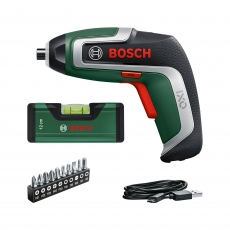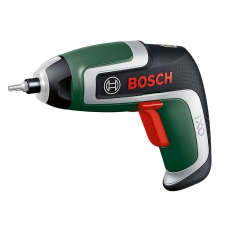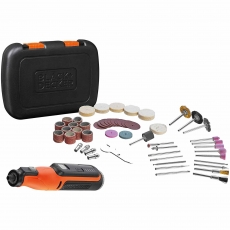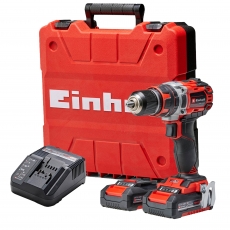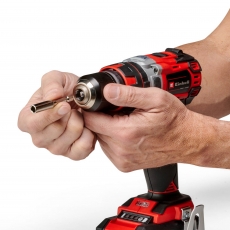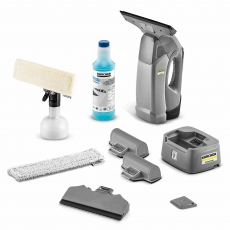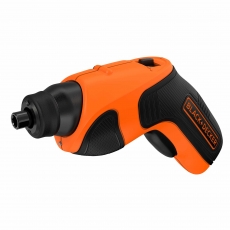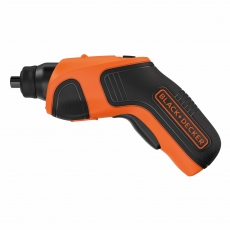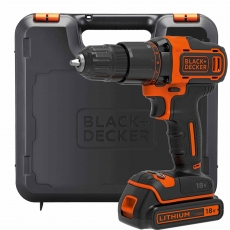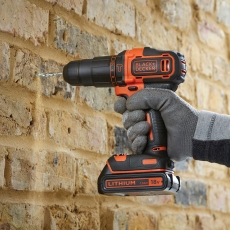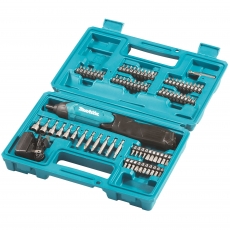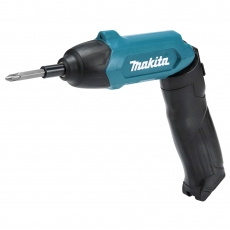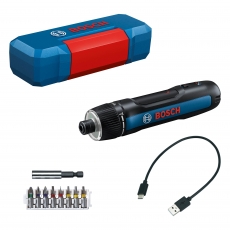BOSCH GO 3.6v Gen 3 Cordless Screwdriver
BOSCH GO 3.6v Gen 3 Cordless Screwdriver
Why Not Add
VAT (£21.28 ex VAT)
VAT (£7.47 ex VAT)
VAT (£2.50 ex VAT)
VAT (£16.66 ex VAT)
What’s Included
- 1 x storage case
- 1 x USB-C cable
- 8-piece screwdriver bit set
- 1 x extension bit holder
- Voltage: 3.6v
Product Overview
Part No: 06019H2201(BOSP06019H2201)
Features & Benefits
- Protects delicate materials: The Bosch GO Professional cordless screwdriver helps prevent damage by offering adjustable torque settings.
- 7 torque settings: Choose from 0.1 Nm for delicate work up to 5 Nm for tougher applications.
- Secure bit holding: The universal bit locker keeps your bits securely in place.
- Integrated LED ring: Illuminates your work area and indicates battery status.
- Convenient charging: Use any standard USB-C cable to charge.
- Two activation methods: Press the ON/OFF button or push against the workpiece to start.
Technical Specification
- Battery voltage: 3.6 V
- Bit holder: 1/4" internal hexagon
- Torque, max. (hard/soft): 5 / 2.5 Nm
- Max. screw diameter: 5 mm
- No-load speed: 306 396 rpm
- Weight excl. battery: 0.32 kg
Reviews

FAQs
The features you might need will be influenced by the frequency with which you’ll use the screwdriver and how much power you might need. For example, if you’re only going to use the tool occasionally to assemble furniture or carry out running repairs, then an entry level, 3.6v Screwdriver should be fine for your needs. For regular use, you will potentially need something with more power.
Some Cordless Screwdrivers are designed for specific functions, such as screwing into drywall, so check that the machine you’re considering will do what you want it to do.
Then, you might want to check the torque the tool is capable of; this can vary significantly between different models and affects what your Screwdriver can be used for.
Finally, don’t confuse a Cordless Screwdriver with an Impact Driver or Drill Driver. Impact Drivers and Drill Drivers work differently to Screwdrivers and are used for different tasks.
Brushed motors use carbon brushes to transfer power from the fixed part of the motor to the rotor. This creates a reliable and relatively inexpensive motor, but brushed motors dp require regular maintenance, in order to either clean the brushes or replace them as they wear out. A brushless motor, by contrast, uses a magnet mounted on the rotor to generate the power and electrical switching to perform the function carried out by the brushes. The additional complexity of the motor’s working means that brushless motors are usually more expensive than brushed.
However, eliminating the brushes also eliminates internal friction and maintenance, meaning that brushless motors offer both increased power and a longer working life. Brushless motors also generate less heat and noise and so, on balance, are considered superior to brushed motors.
That’s largely dependent on the kind of work you intend to do and how frequently you need to do it. The range here at ToolStore UK starts at 3.6v, which is fine for light jobs around the home and runs right up to 18v tools for professional use.
Delivery & Returns
Warranty
Related Products
VAT (£21.58 ex VAT)
VAT (£40.36 ex VAT)
VAT (£23.69 ex VAT)
VAT (£72.38 ex VAT)
VAT (£17.67 ex VAT)
VAT (£65.80 ex VAT)
VAT (£42.77 ex VAT)
VAT (£31.67 ex VAT)
VAT (£67.39 ex VAT)
VAT (£147.86 ex VAT)
VAT (£24.89 ex VAT)
VAT (£43.77 ex VAT)
VAT (£11.03 ex VAT)
VAT (£66.82 ex VAT)
VAT (£55.02 ex VAT)
VAT (£21.28 ex VAT)
VAT (£26.69 ex VAT)




